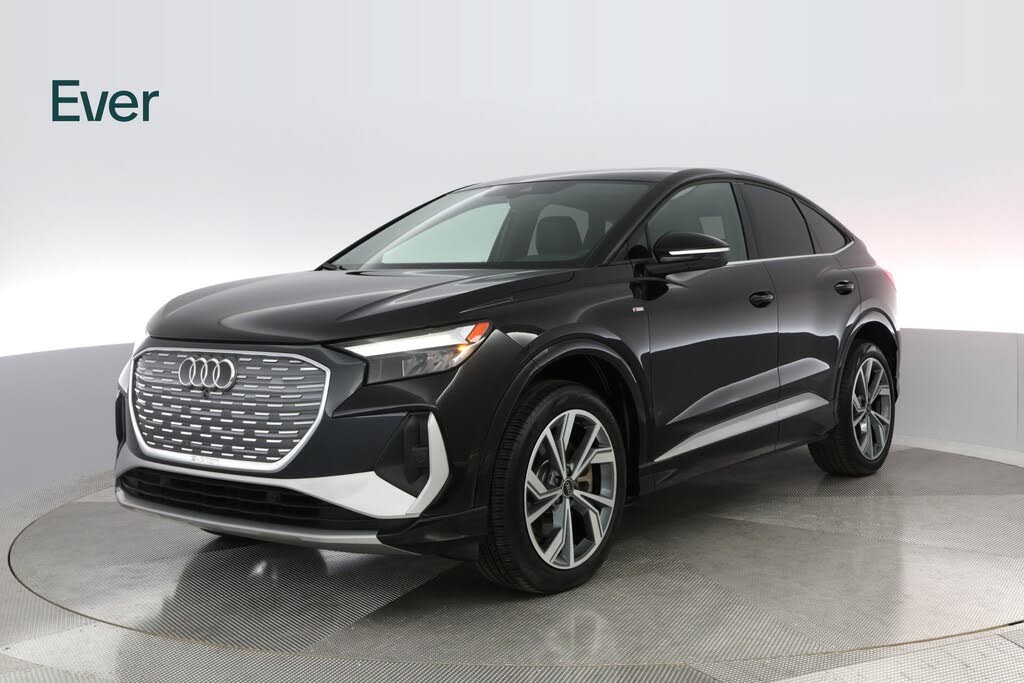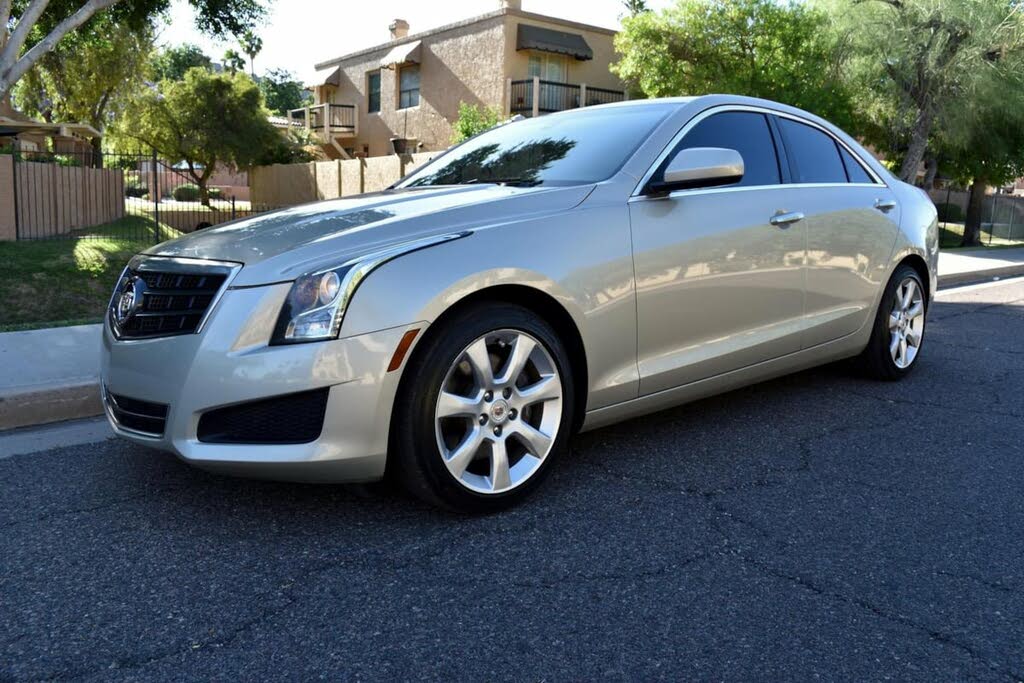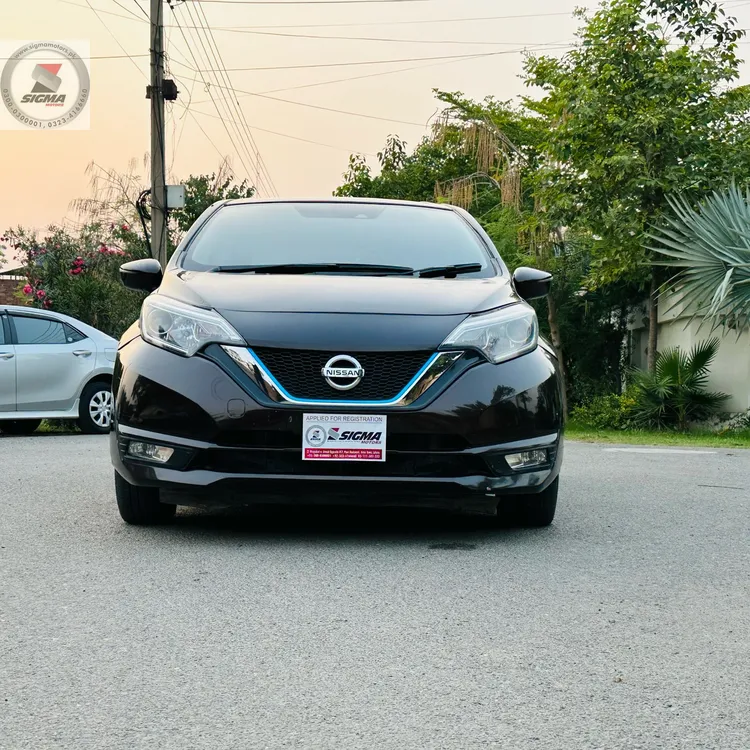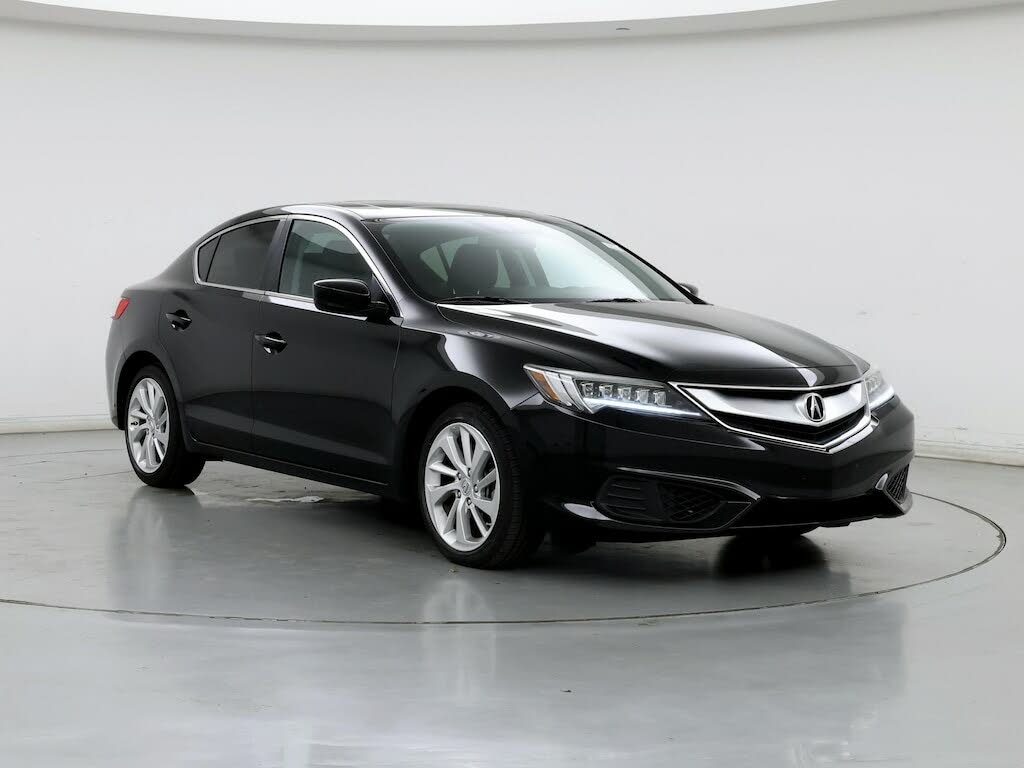Home > News & Blogs > Hybrid vs. Plug-In Hybrid vs. EV: Key Differences Explained
Hybrid vs. Plug-In Hybrid vs. EV: Key Differences Explained
Hybrid vs. Plug-In Hybrid vs. Electric Vehicles: Which One is Right for You?
Understanding Electrified Vehicles
The automotive landscape is shifting rapidly toward electrification, offering consumers more choices than ever. However, understanding the key differences between hybrid electric vehicles (HEVs), plug-in hybrid electric vehicles (PHEVs), and fully electric vehicles (EVs) is essential when choosing the right fit for your needs. Each type of electrified vehicle has distinct advantages, efficiency levels, and cost implications.
Hybrid Electric Vehicles (HEVs)
A hybrid electric vehicle (HEV) combines a traditional internal combustion engine with an electric motor and battery. These vehicles intelligently switch between gasoline and electric power depending on driving conditions, optimizing fuel efficiency.
How Do HEVs Work?
- Uses both gasoline and electric power.
- Regenerative braking recharges the battery during deceleration.
- No need to plug in—fuel up at gas stations as usual.
- The electric motor provides additional power at lower speeds, improving efficiency.
- --TOP ADVERTISEMENT HERE--
Pros of HEVs
- Better fuel efficiency compared to traditional gas-powered vehicles.
- Lower emissions without sacrificing convenience.
- No need for charging infrastructure.
Cons of HEVs
- Limited electric-only driving range.
- Less fuel-efficient than plug-in hybrids or full EVs.
Examples of HEVs: Toyota Prius, Ford Escape Hybrid.
Plug-In Hybrid Electric Vehicles (PHEVs)
A plug-in hybrid electric vehicle (PHEV) builds on HEV technology by incorporating a larger battery and an external charging capability. Unlike standard hybrids, PHEVs can run solely on electric power for a certain range before switching to gasoline.
How Do PHEVs Work?
- Has a larger battery than a standard hybrid.
- Can be plugged into an external power source to charge.
- Drives a certain distance using electric power alone before switching to gasoline.
- Also recharges through regenerative braking.
- --FIRST CONTENT ADVERTISEMENT HERE--
Pros of PHEVs
- Greater fuel savings by relying on electric power more often.
- Ability to drive gas-free for short commutes.
- Flexible fueling—use electricity or gasoline when needed.
Cons of PHEVs
- Still dependent on gasoline for longer trips.
- Requires access to charging stations for maximum efficiency.
Examples of PHEVs: Hyundai Tucson Plug-in Hybrid, Volvo S60 Recharge.
Electric Vehicles (EVs or BEVs)
Battery electric vehicles (BEVs), commonly referred to as EVs, run solely on electricity. They do not have an internal combustion engine and rely entirely on battery power, making them the cleanest and most energy-efficient option.
How Do EVs Work?
- Powered exclusively by a rechargeable battery.
- No gasoline required—charged via home or public charging stations.
- Regenerative braking helps extend battery range.
- Typically has a range of 100-400 miles per charge.
- --SECOND CONTENT ADVERTISEMENT HERE--
Pros of EVs
- Zero emissions, reducing environmental impact.
- Lower operating costs—no gasoline or oil changes required.
- Instant torque and smooth acceleration.
Cons of EVs
- Charging infrastructure is still expanding.
- Longer charging times compared to refueling a gas car.
- Higher upfront cost (though incentives may apply).
- --FOURTH CAR LIST HERE--
Examples of EVs: Tesla Model Y, Hyundai Ioniq 5.
Choosing the Right Electrified Vehicle for Your Lifestyle
Deciding between a hybrid, plug-in hybrid, or electric vehicle depends on your driving habits, access to charging, and budget.
Key Considerations
- Daily Commutes: If you drive short distances, a PHEV or EV may be ideal.
- Long-Distance Travel: A hybrid or plug-in hybrid provides more flexibility.
- Charging Access: EVs require a convenient home or public charging solution.
- Budget: HEVs have lower upfront costs, while EVs save more over time.

motorvero013
Last Updated On Apr, 02-2025







